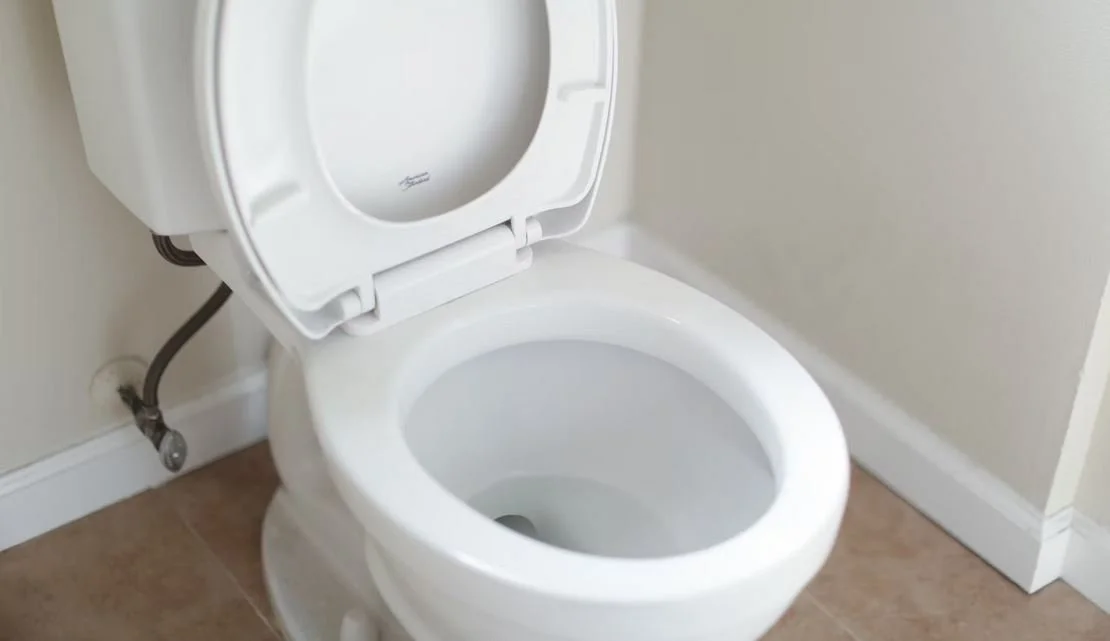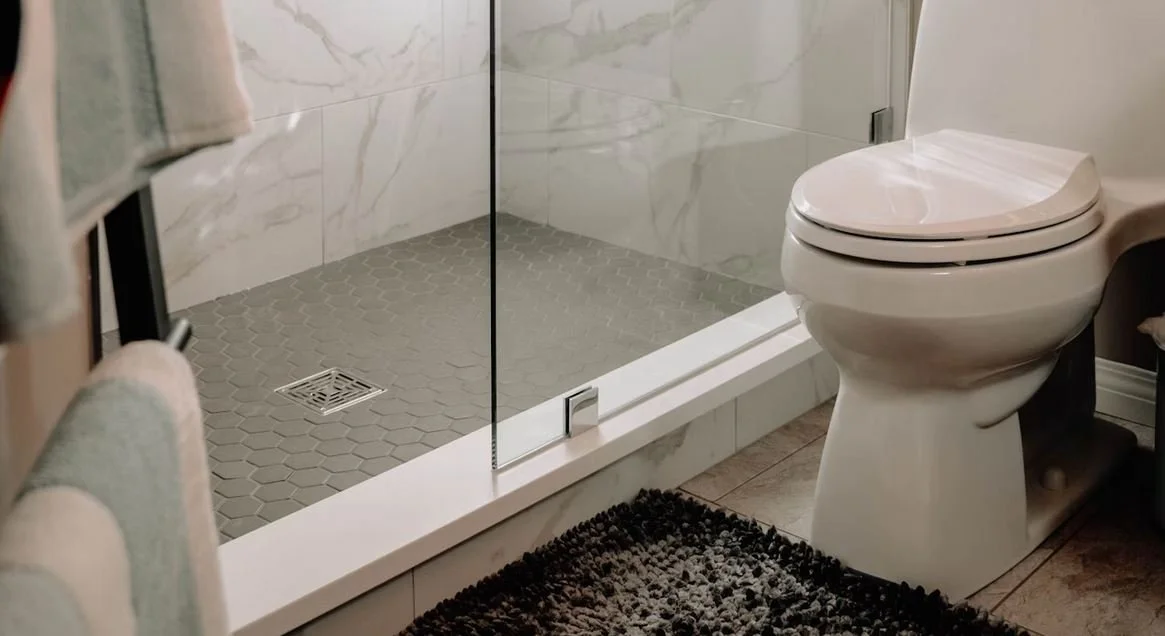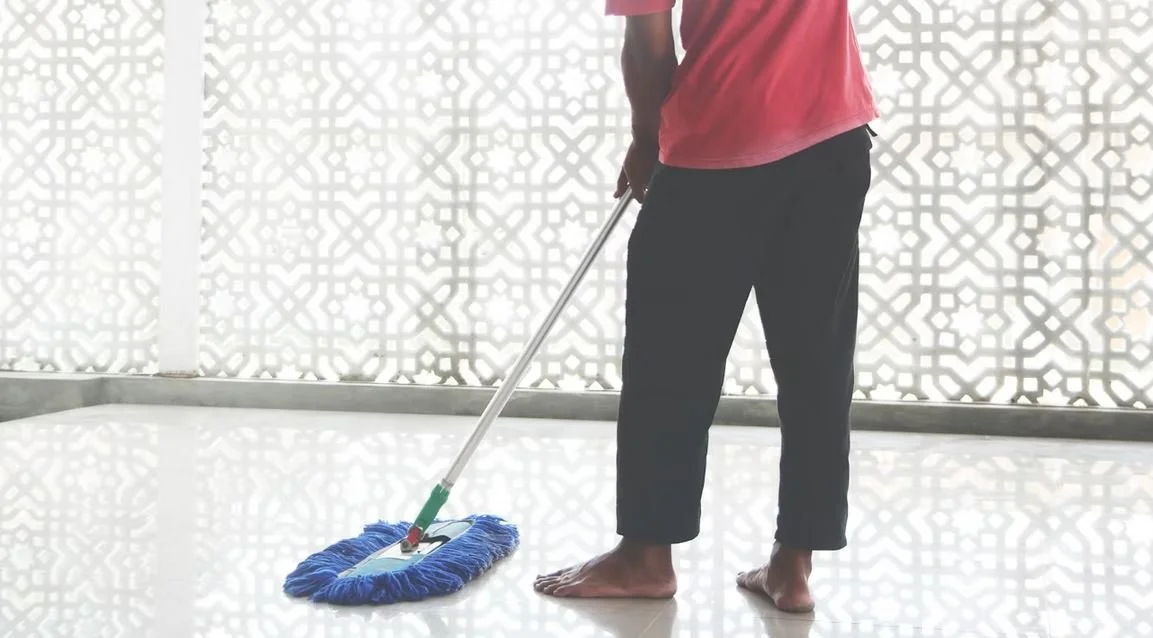Where To Dump Mop Water? (Solved)
So you've just finished mopping, and now you're standing there with a bucket of dirty water after deep cleaning
You are probably wondering where to dump this mop water?
It might seem like no big deal, but where you dump that water can actually matter quite a bit. It affects your plumbing, the environment, and might even be regulated in your area.
In this post, I'll show you a number of places to dump mop water.
And I’ll also go over some common mistakes you should avoid, and best practices.
Where To Dump Mop Water
Here are a few places people usually dump mop water:
#1 Toilet
The toilet is the best place to get rid of your mop water. It's easy, and it makes sure the dirty water goes where it's supposed to - into the sewage system.
Just pour it in slowly (no one wants a splash party), and give it a flush right after.
This method works well if you've used cleaning products or if there's a lot of dirt in the water.
The plumbing can handle it, no problem.
Also Read: White Residue In Oven After Cleaning
#2 Sinks
Now, sinks can work too, but you've got to be a bit picky about which one you use.
Your best bet is a utility sink or a laundry sink.
These are built to deal with all sorts of wastewater and are less likely to get clogged up by the stuff floating around in your mop water. They've got bigger drains and tougher pipes.
But steer clear of your kitchen or bathroom sinks.
Using those for mop water isn't a great idea - it can be a bit of a health risk, and you might end up with some funky smells or stains.
#3 Bathtub Or Shower Drain
If you don't have a utility sink, don't worry. Your bathtub or shower drain will be ok too.
These drains are usually big enough to handle the water and any little bits that might be swimming around in it.
Just do yourself a favor and put a strainer or some kind of mesh cover over the drain. It'll catch any bigger pieces that could cause a clog.
And once you're done, run some clean water down there to wash away any leftover dirt or cleaning stuff.
#4 Outdoor Disposal Options
Now, you might be thinking, "Why not just toss it outside?" Well, hold your horses there.
It might seem like a good idea, but it's not always the best move. In lots of places, it's actually against the rules to dump mop water outside, especially if you've used cleaning products.
Throwing it on your lawn or into the street can mess with the environment, and you might even end up with a fine if you get caught.
If outside is really your only option, make sure to check what the rules are where you live.
Sometimes, you might be able to use it on plants or in your garden, but only if you've used earth-friendly cleaning stuff without harsh chemicals.
Also Read: how to remove bee poop from windows
Common Mistakes To Avoid
Here are some things you should avoid when you are deciding where to dump mop water:
Dumping Into Storm Drains Or On The Street
Here's a big no-no that a lot of people don't realize: dumping mop water into storm drains or on the street.
Not only is this often against the rules, but it's also not great for the environment.
Those storm drains? They're meant for rain and usually lead straight to rivers, lakes, or the ocean without any cleanup along the way. So when you dump your dirty mop water there, you're basically sending all that dirt and cleaning stuff right into nature's backyard.
Using Sinks Meant For Food
Another thing to watch out for is using sinks that are meant for food or personal stuff.
The kitchen sink is a big one to avoid.
Even if you clean it afterward, there's still a chance of contamination that could make you sick.
Plus, the pipes under kitchen sinks aren't always ready to handle the bits and pieces in mop water, which could lead to clogs and plumbing drama.
Not Cleaning Disposal Areas Afterward
Last but not least, wherever you end up dumping your mop water, make sure to clean up afterward.
This is super important if you're using a bathtub, shower, or sink.
If you don't clean these areas, you might end up with a buildup of dirt, soap scum, and maybe even some not-so-friendly bacteria.
Also Check Out Karen’s Move Out Cleaning service.
A quick rinse with clean water and a wipe down with some disinfectant can go a long way in keeping things clean and smell-free.
Best Practices For Mop Water Disposal
No matter how you decide to get rid of your mop water, there are a few tricks to keep in mind.
First off, give your floor a quick vacuum or sweep before you start mopping.
This gets rid of the bigger stuff and means less junk in your mop water, which makes disposal easier and less likely to cause plumbing headaches.
If your water ends up looking like a dirt smoothie, maybe strain it before you dump it to avoid any potential clogs.
When it comes to cleaning products, try to go for the eco-friendly ones when you can. They're less likely to cause trouble if they accidentally end up where they shouldn't, and they're usually nicer to your plumbing too.
Oh, and if you've got a septic system, be extra careful.
Some cleaning stuff (like bleach) can really mess with the bacteria in septic tanks, and that can lead to some expensive problems down the road.
You might think septic additives might help, but they rarely do. For example RID-X won’t help.
Wrapping Up
So there you have it! Dealing with mop water might not be the most exciting part of cleaning, but it's pretty important.
Follow these tips, and you can make sure you're handling it in a way that's good for your plumbing, kind to the environment, and follows the rules in your area.
Remember, when in doubt, the toilet is often your best bet for getting rid of that mop water.


